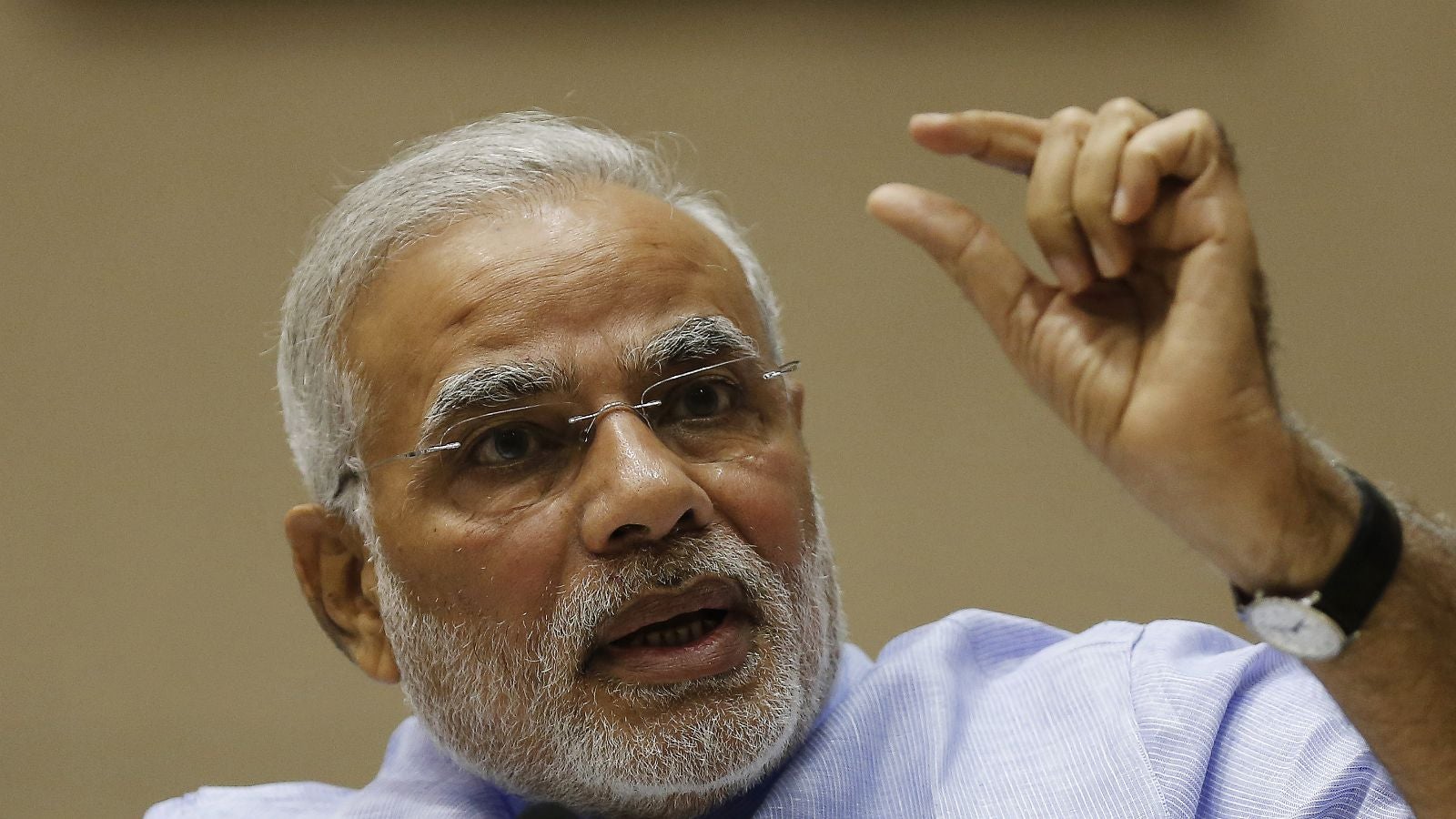The answer to India’s billion dollar banking problem lies in three easy tweaks
All is not well with India’s public sector banks (PSBs).


All is not well with India’s public sector banks (PSBs).
The PSBs, which account for over 70% of the assets in the banking system, face enormous challenges—a worrying level of non-performing assets, low credit growth in a stalled economy and capital requirements of Rs 500,000 crore ($800 billion) over the next five years.
There is a large gap between the performance of PSBs and private sector banks. Return on assets, a key indicator, is 0.5% at PSBs, compared to 1.65% at private banks.
Many in the country, including the Reserve Bank of India’s P J Nayak committee (pdf), which submitted its report in May 2014, see the performance gap as evidence of a fundamental problem with the culture, management and governance of PSBs.
The problem, they believe, can be fixed only with “big bang” reforms including:
- Lowering the government’s stake to below 51%, which would take PSBs outside the purview of agencies such as the CAG and CVC and facilitate a risk-taking culture at the banks
- Creation of a bank holding company to which the equity of all PSBs would be transferred. The holding company would be run by professionals and would operate at arm’s length from the government
- Splitting the post of chairman and managing director so that a non-executive chairman can exercise checks on the managing director.
- Making pay for top managers at PSBs more competitive so that they can attract the right talent
In short, get the PSBs to look and act more like their private bank counterparts.
The diagnosis and the prescriptions are both flawed.
It’s incorrect to derive inferences about PSBs by looking at their performance in today’s highly stressed situation. Over a period of a decade-and-a-half following reforms initiated in 1993-94, academic research finds a trend towards convergence in performance between PSBs and private banks. If something were fundamentally wrong with PSBs, this couldn’t have happened.
PSB performance has been impacted in the last three years primarily by their exposure to the infrastructure sector that drove India’s economic growth in 2004-08. Infrastructure, in turn, has been adversely affected by a number of non-economic factors— the breakdown of the public-private partnership model, lack of land and environmental clearances, adverse court judgements, etc. So, the problems at PSBs today cannot be entirely ascribed to their culture or management. These have to do with larger institutional failings in the Indian economy.
If this diagnosis is accepted, PSBs can be improved within the existing framework. The scope is enormous. For starters, the government needs to do just three things:
- Fix top management: Make the process of selection of bank chairmen and managing directors (CMDs) and executive directors (EDs) more rigorous. (The selection thus far has been quite farcical with the department of financial services calling the shots). Have orderly succession planning within banks for CMDs and EDs in place of the present game of musical chairs in which EDs and CMDs hop from one bank to another after a couple of years.
- Fix the boards: Strengthen the mechanism of independent directors at PSBs, again through a rigorous selection process that ensures that directors meet “fit and proper” criteria. The ministry must make its views known through its representatives on the board instead of issuing fiats to CMDs.
- Improve risk management: Insist that PSBs go through the consortium route for loans above a certain threshold, say, Rs500 crore. Categorise PSBs as A, B and C based on size and performance and set separate loan exposure limits for each category instead of the uniform norms that we now have.
Politically, these reforms are non-controversial and easy to accomplish. They carry fewer risks than the course proposed by the Nayak committee. And they stand a better chance of producing results in the immediate future than “big bang” reforms.
At the finance ministry’s banking summit, Gyan Sangam, earlier this month, prime minister Narendra Modi said that government would allow PSBs to be run professionally.
Let the government keep its word—and consider these incremental changes, instead of a radical overhaul, to transform India’s ailing PSBs.